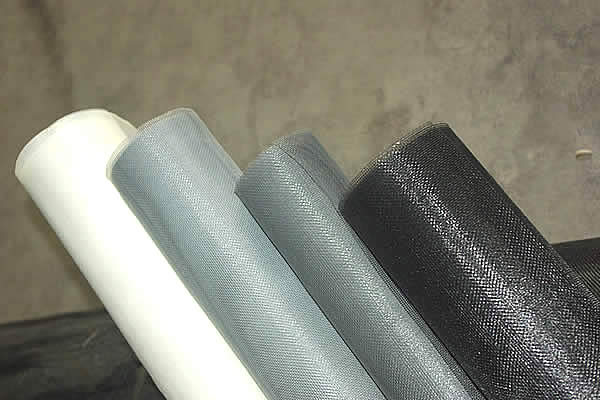 TEL:
+86-13102802206
TEL:
+86-13102802206
 Email:
fencenetting@china.com
Email:
fencenetting@china.com
 Language
Language
 TEL:
+86-13102802206
TEL:
+86-13102802206
 Email:
fencenetting@china.com
Email:
fencenetting@china.com
 Language
Language


Cables for Railing A Stylish and Safe Solution
In recent years, cable railing systems have gained immense popularity as a modern and stylish alternative to traditional railing methods. These attractive options not only enhance the aesthetic appeal of both residential and commercial properties but also provide essential safety features. This article delves into the various aspects of cable railing systems, including their design benefits, installation considerations, and maintenance tips.
Design Benefits
One of the foremost advantages of cable railings is their sleek and contemporary appearance. Composed of stainless steel cables strung tightly between posts, these railings create an unobstructed view while maintaining safety, making them especially popular for balconies, decks, and staircases. The transparency of cables allows natural light to flow through, creating an open and airy atmosphere.
Available in various finishes, cable railings can be customized to suit any architectural style. Homeowners can choose from a range of materials for the posts, such as aluminum, wood, or even composite materials, which complement the overall design of the property. Moreover, cable railings can be installed in different configurations, including horizontal, vertical, or even at an angle, providing versatility for any space.
Safety and Security
While aesthetics are a critical factor, safety should never be compromised. Cable railings are designed to meet stringent building codes, ensuring they provide adequate protection without obstructing views. The spacing between cables is typically kept to a minimum to prevent small children or pets from slipping through. This makes cable railings an ideal choice for homes where safety is a priority.
Additionally, stainless steel cables are resistant to rust and corrosion, offering longevity and durability. This resistance is particularly important in areas with extreme weather conditions, where railings are subjected to rain, snow, and UV rays. The strength of the material ensures that the railings can withstand significant pressure, making them a sound investment for long-term use.

Installation Considerations
Installing cable railings may seem straightforward, but it requires careful planning and execution. The first step involves selecting the right cable size and spacing based on the chosen design and local building codes. Generally, cables should be spaced no more than 3 inches apart to ensure safety.
It’s important to choose high-quality, marine-grade stainless steel cables for durability, especially if the installation is outdoors. The installation process usually involves mounting posts securely, stretching the cables tightly, and ensuring that all connections are secure. While some homeowners may choose to undertake this project themselves, hiring a professional is often recommended to ensure safety and adherence to local regulations.
Maintenance Tips
Maintaining cable railings is relatively easy, making them an attractive option for busy homeowners. Regular cleaning with mild soap and water can help prevent buildup of dirt, grime, and corrosion. For areas with heavy use, such as outdoor decks, a more thorough cleaning may be needed periodically.
It's also important to check for any signs of wear or looseness in the cables and fittings. Over time, cables may stretch, requiring adjustments or replacements. Ensuring that fittings are tight will maintain the structural integrity of the railing.
Conclusion
Cable railings are an innovative solution that combines style, safety, and functionality. As homeowners continue to seek modern design elements that enhance their living spaces, cable railings emerge as a prime choice. With their many benefits, including aesthetic appeal, robust safety features, and ease of maintenance, it's no wonder that cable railing systems are becoming increasingly popular in today's architecture. Whether for residential or commercial use, investing in cable railings may be one of the best decisions for enhancing both the appeal and safety of a property.